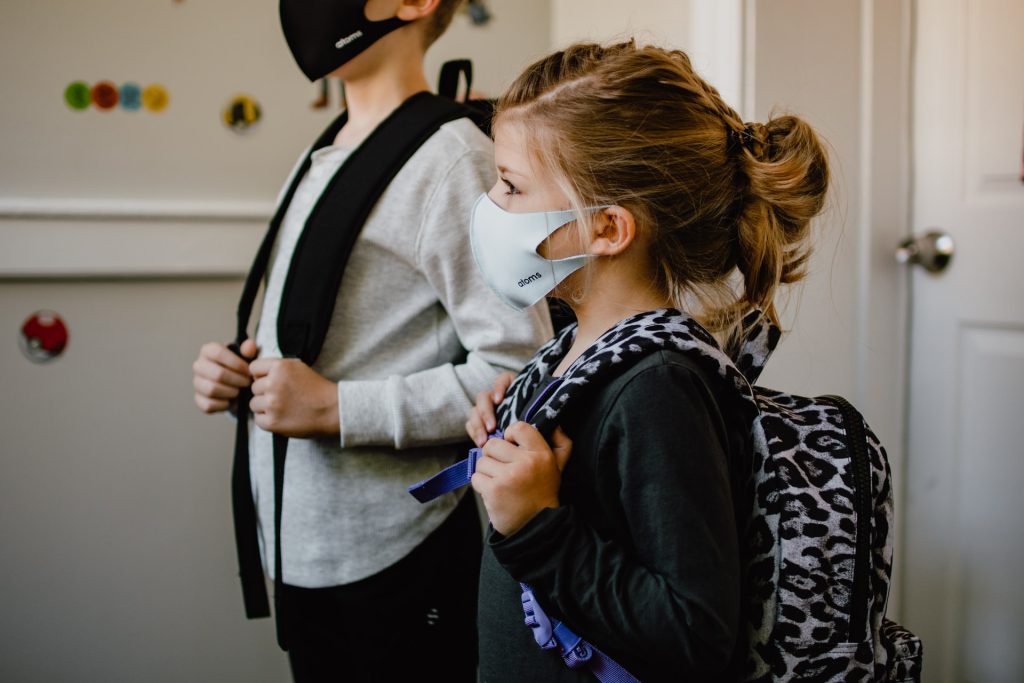
Hospital readmissions for asthma are increasing among children, likely stemming from COVID lockdowns reducing immunity to common respiratory viruses. These are the findings of a new study published in the Journal of Asthma. The finding highlights the gaps in health care for this most common of chronic paediatric illnesses.
The Australian study, led by the Murdoch Children’s Research Institute, found about one in three children, mostly pre-schoolers, are readmitted to hospital for asthma compared to one in five a decade ago.
Most asthma hospital presentations were preventable, Murdoch Children’s Dr Katherine Chen said, which emphasises the need for a holistic evaluation of each child’s asthma management to prevent future readmissions.
The study involved 767 children, aged three to 18 years, who were admitted to three hospitals in Victoria state between 2017-2018 with a diagnosis of asthma. It found that 34.3% were readmitted to hospital for asthma, with those aged three to five years accounting for 69.2%. Of the 767 participants, 20.6% were readmitted once, and 13.7% had two or more readmissions in 12 months.
“Our study highlighted gaps in the children’s asthma care,” Dr Chen said. Over a third of children hadn’t had a review of their inhaler technique, and only about a quarter were prescribed a preventer or asked to continue using it.
“Almost three quarters were discharged without a preventer medication, and over 80 per cent did not have a follow-up clinic booked at the hospital, often reserved for children with difficult-to-control asthma. Most families, therefore, need to navigate their child’s asthma follow-up with their GP.”
Recently, said Dr Chen, asthma admissions had spiked due to the rise in respiratory infections and children lacking immunity to common viruses as a result of COVID lockdowns.
Professor Harriet Hiscock at MCRI said that the findings confirmed the important role of GPs in paediatric asthma management and how targeted interventions at each hospital could reduce readmissions.
“Less than 10 per cent were readmitted within 30 days suggesting the importance of ongoing community care and longer-term asthma control,” she said. The need to regularly review overall asthma management, minimise risk factors, arrange follow-up, and support optimum care in the community are key.
“Interactive digital symptom monitoring with specialist nurse support, home-based education and a culturally tailored education program could also help.”
Prof Hiscock said linked datasets were important to objectively measure the burden of asthma cases on health services.
“Our current dataset cannot verify whether the follow-up appointment was attended, whether caregivers had arranged follow-up post-discharge and if the medications were used as prescribed,” she said. “Integrating datasets such as health services and medication use into clinical care will improve the clinician’s understanding of the child’s asthma control and medication adherence and would assist in providing targeted treatments.”
Asthma is the most common chronic paediatric illness in industrialised countries, affecting 8–10% of children.

